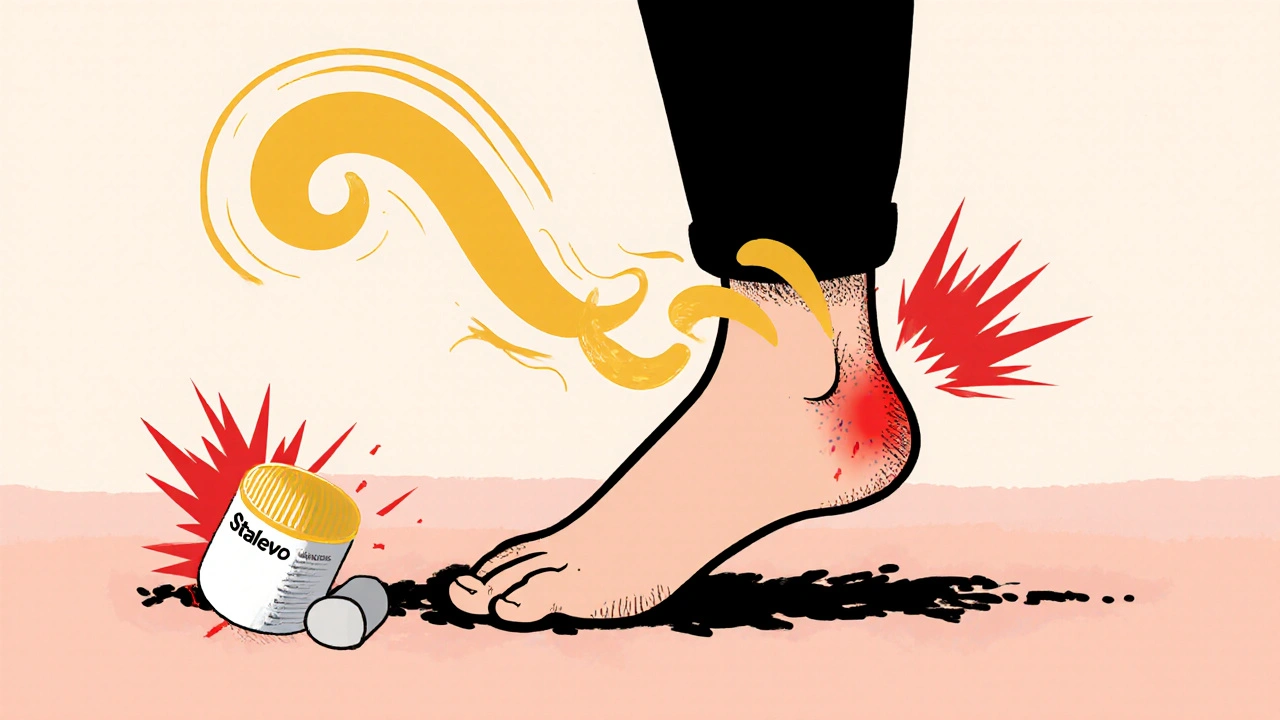Parkinson's Medication: What Works, What to Avoid, and How to Stay Safe
When you're living with Parkinson's medication, a category of drugs designed to manage symptoms of Parkinson’s disease by restoring dopamine balance in the brain. Also known as anti-Parkinson drugs, these medications don’t cure the disease—but they can make daily life possible. For most people, the goal isn’t to stop progression. It’s to keep moving, talking, and doing the things that matter—without tremors, stiffness, or freezing in place.
The most common and effective option is levodopa, a chemical your body converts into dopamine, the neurotransmitter lost in Parkinson’s. Also called L-DOPA, it’s been the gold standard for over 50 years. But it doesn’t work the same for everyone. Some people get great relief at first, then start having dyskinesia—uncontrollable movements—after years of use. Others notice it stops working as well between doses. That’s why doctors often add dopamine agonists, drugs that mimic dopamine’s effects without turning into dopamine. Common ones include pramipexole and ropinirole. These can delay the need for levodopa or help smooth out its highs and lows.
But mixing these drugs isn’t simple. Many people with Parkinson’s also take antidepressants, sleep aids, or even over-the-counter supplements like 5-HTP—something that can trigger serotonin syndrome, a dangerous spike in brain chemicals. You might not realize a supplement you bought online is interfering with your Parkinson’s meds until you feel confused, sweaty, or your heart races. That’s why knowing your full list of medications—and talking to your pharmacist—isn’t optional. It’s life-saving.
Side effects are part of the deal. Nausea, dizziness, sudden sleep attacks, impulse control problems—these aren’t rare. They’re expected. But they’re not always talked about. If you’re on a dopamine agonist and suddenly start gambling, shopping, or eating compulsively, it’s not weakness. It’s the drug. Tell your doctor. Adjusting your dose or switching meds can help.
And it’s not just about pills. What you eat matters. High-protein meals can block levodopa from reaching your brain. Timing your dose 30 minutes before or an hour after food makes a real difference. Staying hydrated, moving regularly, and avoiding alcohol aren’t just good advice—they’re part of your treatment plan.
There’s no one-size-fits-all approach. What works for one person might cause worse side effects in another. That’s why the best Parkinson’s care isn’t just about prescribing the right drug—it’s about watching how your body responds, adjusting over time, and knowing when to say no to something that seems harmless but could mess everything up.
Below, you’ll find real, practical guides on how to switch meds safely, what supplements to avoid, how to handle interactions with other drugs like SSRIs or anticoagulants, and how to spot red flags before they become emergencies. These aren’t theory pages. They’re what people actually use when they’re trying to stay in control—day after day.
Carbidopa-levodopa-entacapone can reduce Parkinson’s-related pain by extending levodopa’s effect, smoothing dopamine levels, and cutting off-period discomfort. Best for muscle cramps and stiffness tied to medication cycles.
View Details

